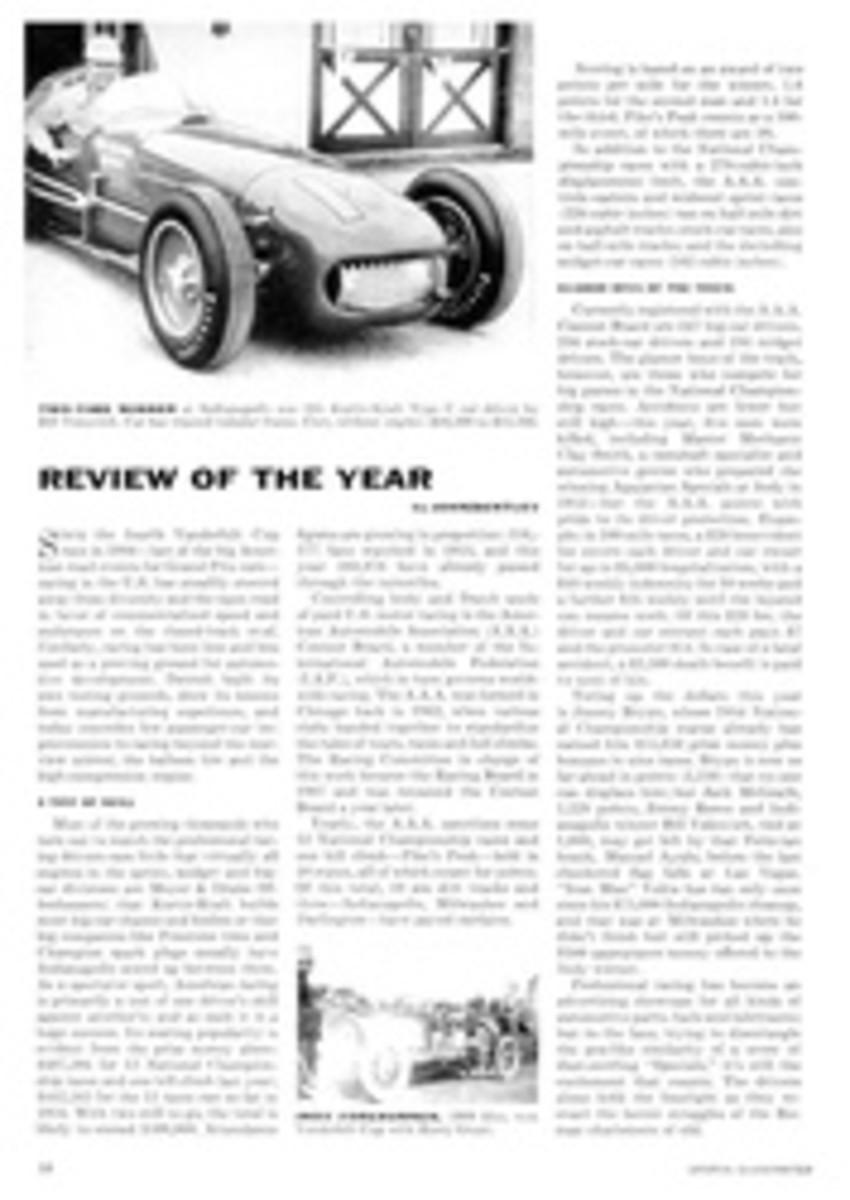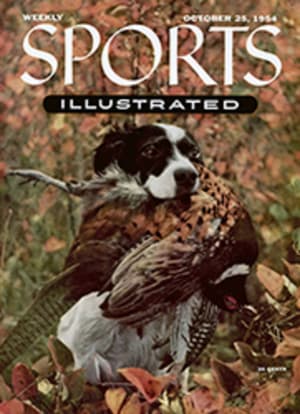
YOU SHOULD KNOW: if you plan to take up hunting
For food and pleasure
The quest of man for beast is as old as the human race. Long before the dawn of recorded history, the hunt was on, only in those times it was a matter of survival. The hunter killed for food or in self-defense. Today in civilized lands, hunting is no longer a necessity. It is instead one of the most pleasant leisure activities, enjoyed by millions annually in this country. But it takes some learning to become a good hunter. We hope in this space to outline your needs and give you a few words of warning. Next week we'll take you out in the field.
Licenses
With only a few exceptions, licenses are required for hunting in all parts of the country. They are available at many sporting goods stores, general or department stores and town clerk's offices. Fees vary from state to state. Generally a resident license for hunting in your home state costs under $5. Nonresident fees are higher. Most states require a separate license or a combination one if you plan to hunt both big and small game. Some areas also require additional permits for specific game animals, exportation on special hunts. Furthermore, the Federal authorities require you to buy a $2 migratory waterfowl stamp if you want to hunt ducks, geese, rails, gallinules or similar migratory bird species.
Guns
For the one-gun hunter, the best all-round weapon is the shotgun. They come in various sizes or "gauges." The 12-gauge shotgun is considered standard and is the most popular, though many prefer the lighter 16-or 20-gauge model. The shotgun's versatility is its biggest asset. The beginner can shoot most anything with it. With shot charges, he can bag birds, rabbits, squirrels and other small animals. With rifled slugs, deer, bobcat and some bears can be killed. Shotgun price ranges are enormous, from $22 to $2,000, but the beginner will do well to invest in a good all-round pump action model for about $77 to $86.
Don't use the .22 rifle, which appeals to some because of its low price, easy operating procedure and greater relative power. It's a terribly dangerous weapon in the woods, with an effective killing range of 1¼ miles combined with the rifle bullet's great propensity for ricocheting. The .22 is illegal for shooting birds and many states outlaw it altogether in hunting season. It is useful only on rabbits and squirrels, but shotguns are still better for these.
Ammunition
Shotgun shells will cost you $2.10 to $6.35 for a box of 25, depending on the size of the shot. Rifled slugs cost about $3.90 to $4.55, but check your local regulations as some states prohibit their use. The best all-round shot size is No. 6 for all-purpose small game hunting. Specifically, though, shot sizes 7½, 8 and 9 are considered best for woodcock, snipe, quail and doves; 5, 6 and 7½ for pheasant, grouse, rabbits and ducks; 4, 5 and 6 for squirrels; and BB, 2 and 4 for geese, turkeys or foxes. For big game, shoot with rifled slugs at distances less than 100 yards. Make sure your gun is powerful enough to kill the game you seek.
Learning to shoot
For safety remove all oil from the barrel and chamber of your gun before firing. This also prevents excessive wear and pressure. If you're using a secondhand gun, play safe and take it to a gunsmith for an inspection of all working parts. It costs a few dollars, but it's well worth it. A gun should have at least three pounds test pull on the trigger to be safe. A hair trigger is a hazard. Make sure your gun feels right to you. If it feels light or unsteady in control when aimed, you need a heavier gun or longer barrels. If the gun feels sluggish and swings too slowly, its barrels may be too long. Practice dry firing (with an unloaded gun) by drawing the weapon from the safety position to your shoulder, releasing the safety catch, aiming, leading your target proportionate to its speed, and firing. Keep working on it until you can do all this in a single coordinated movement. After aiming, take a deep breath, exhale slowly and squeeze the trigger. Pulling or jerking the trigger will throw off your aim.
Practicing
For the novice gunner, target shooting with a shotgun can be helpful in enabling him to determine his shooting pattern. Be prepared for the "kick" or recoil of your gun. Use a five-or six-foot square piece of paper with a circle three feet in diameter in the center of which a bull's-eye has been drawn. Fire at it from 40 yards. This should help you later on in the field. Trapshooting is invaluable for the beginner. Ranges are available in most localities and clay pigeons provide excellent practice for firing and leading moving targets. You can buy your own hand trap for about $4.
Gun safety
Carelessness, ignorance and selfishness cause most shooting accidents. Make sure you identify your target before firing, know exactly what lies in the line of fire and behind your target, keep the safety on except when actually firing and never carry a loaded gun in the car, house or camp. If you are not sure whether the gun is empty, break it and find out. When in the field, always break your gun when crossing obstacles to prevent slips and accidental discharges. Remember never to rest a loaded gun on a rounded surface or stand it up anywhere, and, of course, don't point a loaded gun at anything you wouldn't shoot. Take extra care when cleaning, loading or unloading your weapon.
Equipment
Binoculars are useful for spotting and identifying game. They also give you good target visibility as an added safety measure. You can pay a few dollars or several hundred for a pair. Hang them around your neck on a strap for easy access. You'll want a good sharp sheath knife with a four-to five-inch blade, for whittling and skinning and butchering your game. Take a whetstone of rough and smooth carborundum with you to sharpen the blade, and avoid stainless steel knives, which are almost impossible to sharpen in the field. For finding your way, use a pocket compass, checking its accuracy first with another compass or familiar landmarks before you leave. Topographic maps of your area are available for about 15¢ each from the Geological Survey, Washington, D.C.
Hunting dog
A trained hunting dog can be invaluable to your hunting pleasure if you can afford one. Different breeds are best for different purposes, and prices range according to breed, age and training. Check a local breeder and if you buy one, be sure he's been properly trained for the kind of hunting you expect to do.
Cloths
Your shoes are the most important item. Make sure they're sturdy. Hunting shoes should be a size longer and two sizes wider than your regular ones because your feet will swell on long hikes. Six-or seven-inch boot tops are good for most hunting functions. Duck hunters use hip-length rubber boots with rough corrugated soles. Wear long cuffless trousers, a jacket, light or medium woolen underwear and gloves. Don't overdress or you'll perspire heavily—hunting is an active sport.
Color-wise, red is the standard for hunters. Some states require it. Light or fluorescent reds are best. Darker reds tend to look brown in failing light. A red hunting cap is essential. If you don't have one, tie a red bandanna around the brim of your hunting hat. Never carry a white handkerchief because as you use it someone may mistake it for a departing animal and fire. Be careful and you'll have fun.

